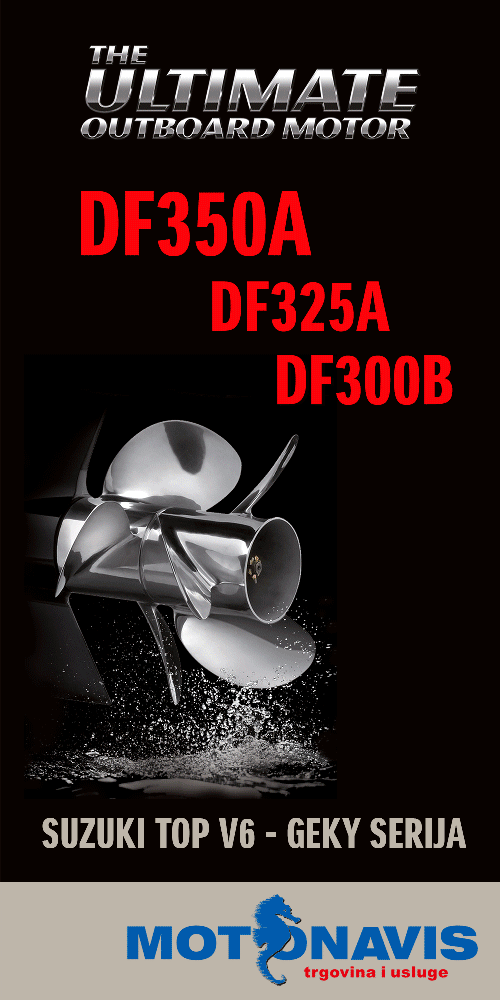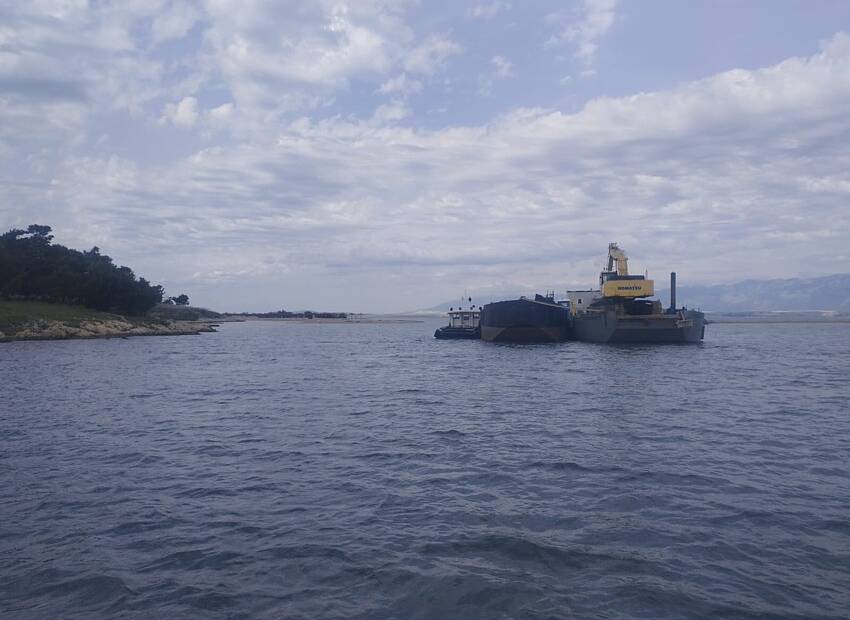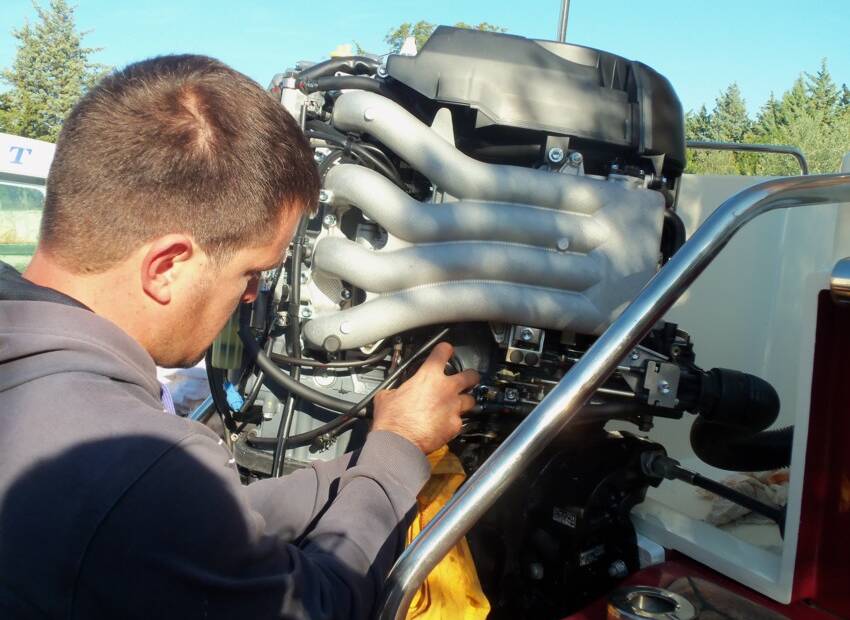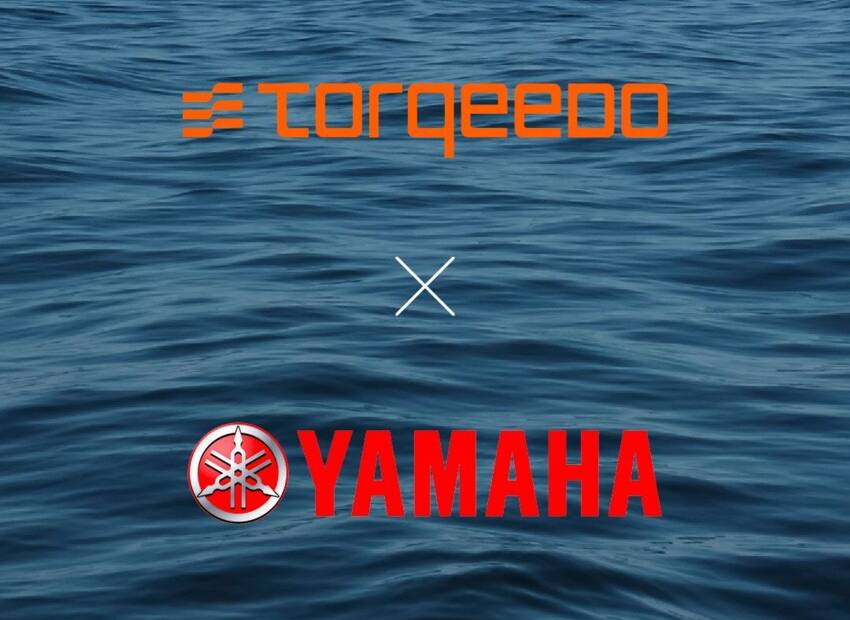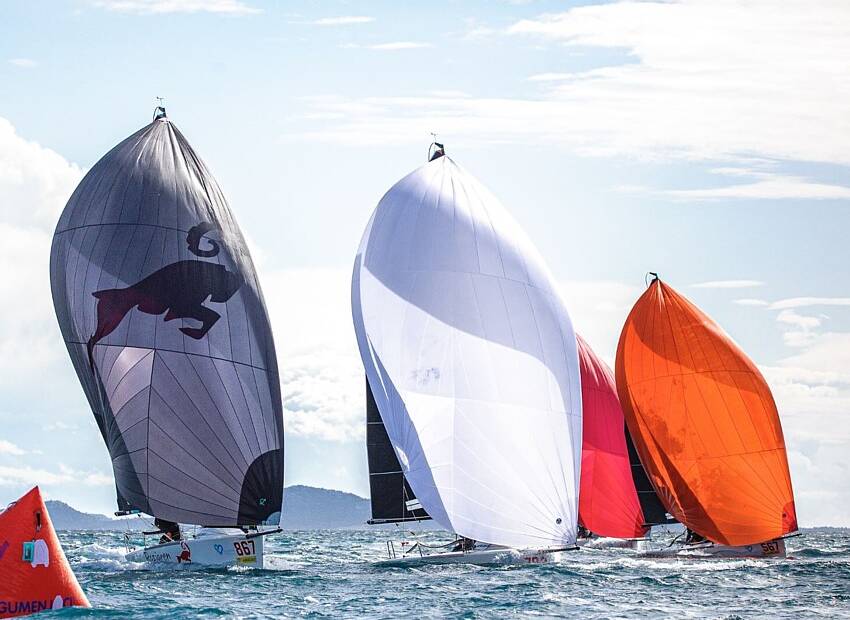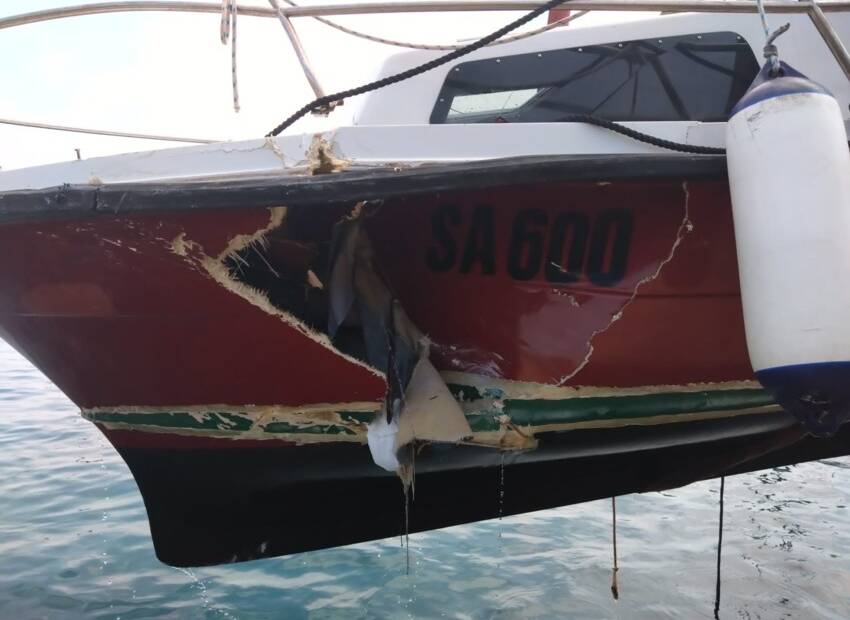Master marine firefighters estimate that you have less than 30 seconds to get any boat fire under control!
Are you sure that you have the best portable extinguishers onboard to battle a deadly fire? Do your crew and passengers know their locations and how to use them?
Marine fires are the number one threat to cruising boats anywhere in the world. You have nowhere to run and you're loaded with fuel, batteries, propane, alcohol, wood, plastic and fabric. You need to understand this deadly enemy in order to fight and destroy it.
Class "A"
These fires burn paper, plastic and fibers into an ash ("A"). All cruising boats contain copious amounts of wood for framing, cabinetry, berths and hatch covers. Synthetics include cushion vinyl, foam, fabric covers and bedding. Fiberglass burns hotter than most other materials.
Class "B"
Think of these as liquid fires that boil ("B"). Diesel, gasoline, propane and even that noxious liquid inside your holding tank give off flammable vapors. In a fire, it's the vapor layer over the object that ignites--not the object!
Class "C"
Send electricity through an appliance and you have a live circuit ("C"). Class C fires are difficult to fight because they often set off other classes of fire down line of the power source.
Fire-feeding fast-facts
Fires require fuel, heat and oxygen to ignite and continue to burn. Take away one or more of these elements and the fire will die, as shown in these examples:
● Spray extinguishing agent onto a fire to choke it (oxygen source) or cool it (heat source).
● Close a door or access hatch and you shut off the fire's air supply (oxygen source).
● Shut off the power or fuel supply at a fuel or propane tank and you starve the fire (fuel source).
● Throw burning cushions overboard to cool the material below ignition temperature (heat source).
● In each example, you notice that the objective was to snuff out one or more of the three elements that keep fire alive. Make this your mission to put out any marine fire that comes your way!
Skipper Tip
Make a simple map to show the location of each extinguisher. Post it in the cabin. Lead your crew through the boat and point out the location of each extinguisher.
Fire extinguishing techniques
You have about 9-10 seconds of agent inside a 2 1/2 pound bottle of dry chemical before it's empty. Not many fires will die in this short time. But you can still fight a small marine fire with these easy steps:
1. When you first notice the fire, attempt to shut off the fuel supply. Do not--under any circumstances--pass through or reach through flames to do this. Go to the next step.
2. Grab a portable extinguisher, located away from the flame area. Use this acronym: P.A.S.S.
P = Pull the pin
A = Aim at the base (lowest part) of the flames
S = Squeeze the trigger in short bursts (about 1/2 second!)
S = Sweep the extinguisher in short side-to-side strokes
3. Keep your back aimed at an exit that you can use without hesitation. This might be the hatch or door that leads to the cockpit. Always have an escape route in case the fire gets out of control.
4. Remove or break up burned solids once the fire goes out. These retain heat longer. Class A material (see above) can be jettisoned over the side.
5. Set a re-flash watch after the fire goes out. Until the fuel source cools below the ignition temperature, the fire could flare back up. Keep a watch on the area for at least 20-30 minutes. Keep a fresh extinguisher bottle next to you to fight flare-ups.
Captain John
www.skippertips.com
Click here to sign up
See also Your Boat’s on Fire… Now What?






